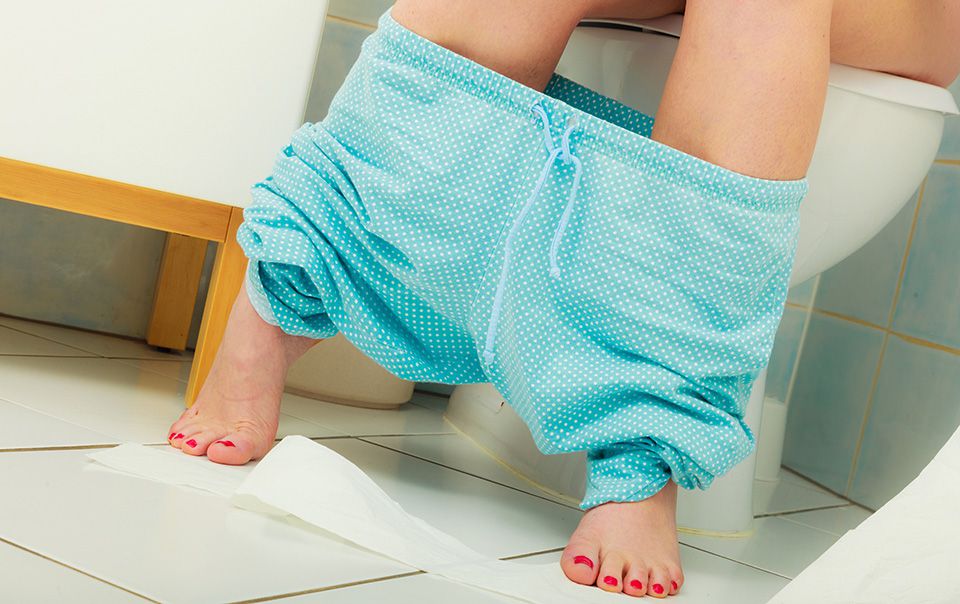
What is Montezuma's Revenge? An overview of traveller's diarrhoea
Traveller’s diarrhoea is the most common illness that can occur while travelling. It affects about 20-50% of international travellers each year
Colloquially referred to as Montezuma’s Revenge, it affects those travelling from industrialised countries to developing countries.
Signs and symptoms of traveller’s diarrhoea
It is a syndrome characterised by diarrhoea of varying intensity with at least 3-4 evacuations a day, diarrhoeal discharges of liquid or creamy stools accompanied not infrequently by nausea, vomiting, and general malaise.
Frequently such discharges are associated with abdominal cramps, meteorism, fever.
Causes of traveller’s diarrhoea
The causes of traveller’s diarrhoea are many: bacteria, viruses, parasites, changes in diet, climate, altitude can all trigger diarrhoea.
The most common causative agent is Enterotoxigenic Escherichia coli, which produces a watery diarrhoea associated with cramps and can sometimes lead to fever.
Persons at greatest risk are children, the immunocompromised, and those with inflammatory bowel disease or diabetes.
The country of origin is also a risk factor: those from industrialised countries seem to be more exposed.
Treatment of traveller’s diarrhoea
Traveller’s diarrhoea usually has a benign course and resolves in 1-2 days without any treatment, but a therapy with symptomatic drugs can reduce its duration.
Milk enzymes can help to restore the intestinal flora.
The most serious and immediate complication remains dehydration (especially in children).
It is therefore important to rehydrate the sick person by having them drink water, tea, fruit juices or hydrosaline drinks.
How to prevent traveller’s diarrhoea
There is currently no vaccine available.
Pharmacological prophylaxis is only indicated in special circumstances and for a limited period of time.
It is possible, therefore, to reduce the risk of falling ill with traveller’s diarrhoea by taking preventive measures involving the consumption of suitable food and drink and personal hygiene practices.
Here are some suggestions:
- water should be safe, preferably mineral and bottled;
- avoid ice;
- milk should be pasteurised or boiled;
- avoid homemade ice cream and cream desserts;
- do not consume raw seafood and fish;
- always wash your hands before eating or handling food for preparation.
Read Also:
Emergency Live Even More…Live: Download The New Free App Of Your Newspaper For IOS And Android
Travel Pathologies: Economy Class Syndrome
Traveller’s Diarrhoea: Tips To Prevent And Treat It
Pinworms Infestation: How To Treat A Paediatric Patient With Enterobiasis (Oxyuriasis)
Intestinal Infections: How Is Dientamoeba Fragilis Infection Contracted?
Gastrointestinal Disorders Caused By NSAIDs: What They Are, What Problems They Cause
Intestinal Virus: What To Eat And How To Treat Gastroenteritis
What Is Proctalgia Fugax? Symptoms, Causes And Treatment
Internal And External Haemorrhoids: Causes, Symptoms And Remedies
Haemorrhoids: The Newest Tests And Treatments To Treat Them
What Is The Difference Between Haemorrhoids And Fissures?
Blood In The Stool: What Causes It And What Diseases It May Be Associated With
A. Resistant Bacteria: The Important Discovery Of Australia
Infection With Carbapenem-Resistant Enterobacteria
Diarrhoea: What It Is, What Can Cause It And How To Intervene
Travel And Rescue, USA: Urgent Care Vs. Emergency Room, What Is The Difference?


